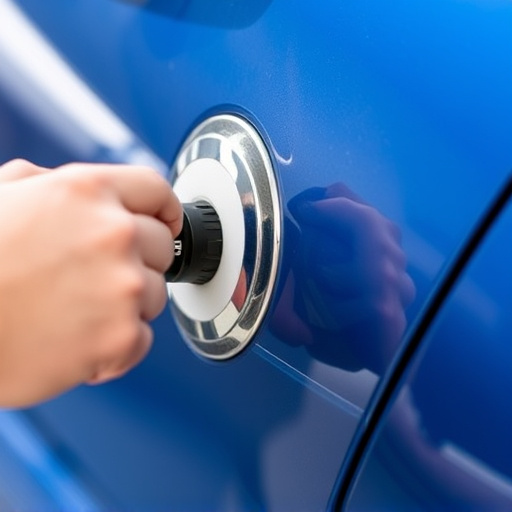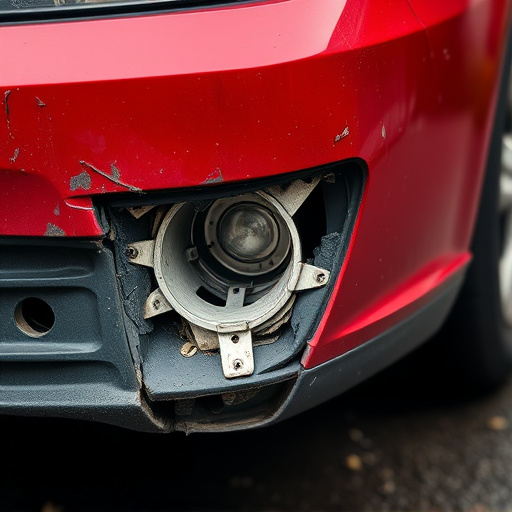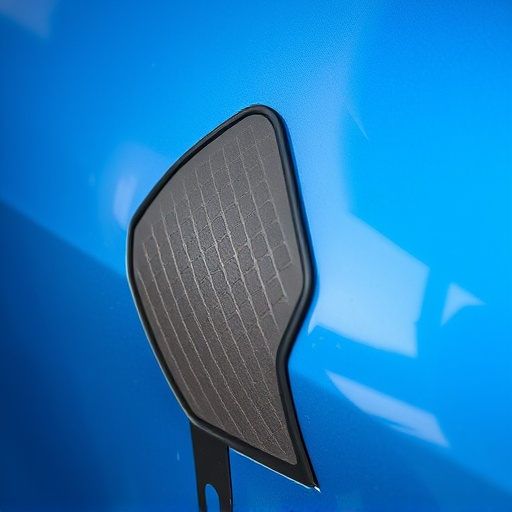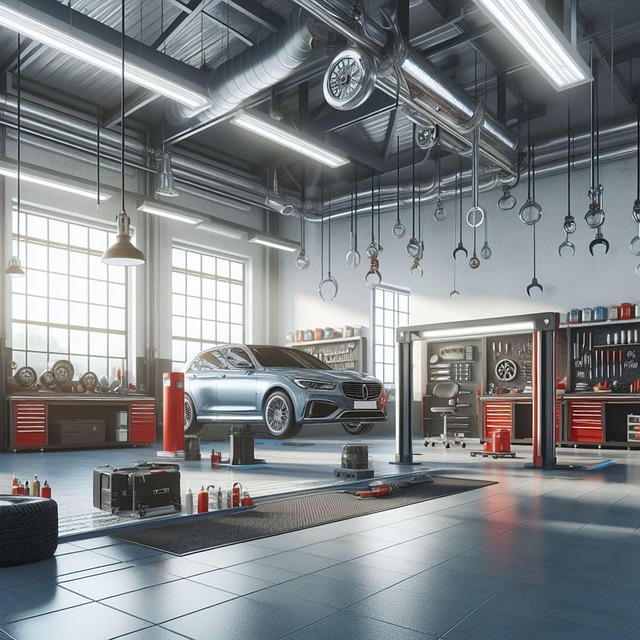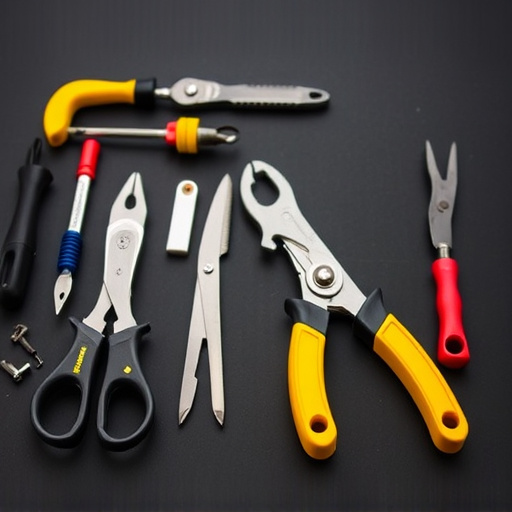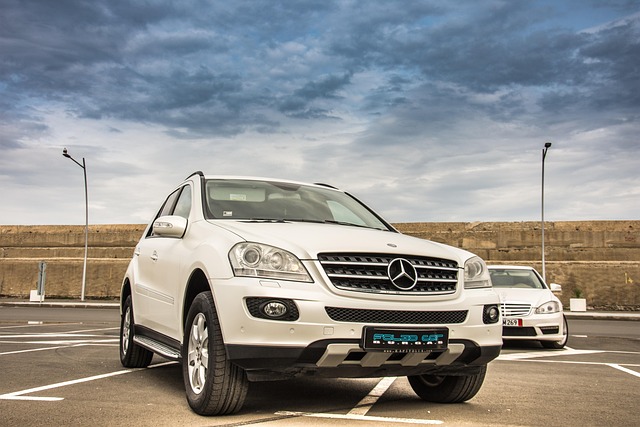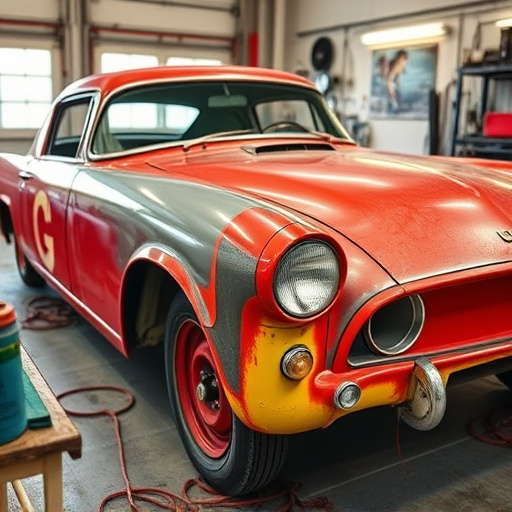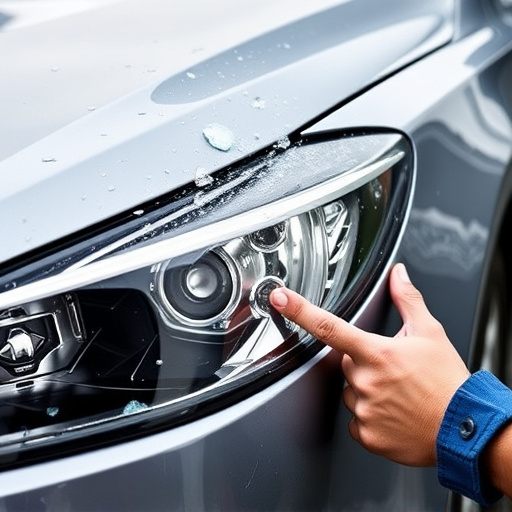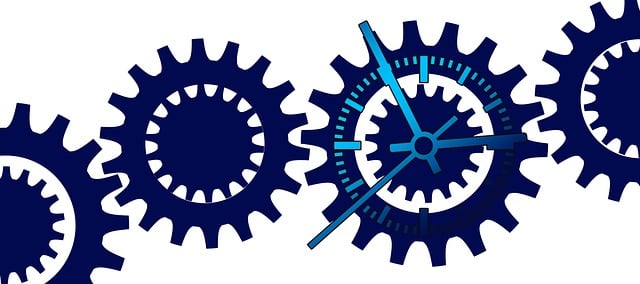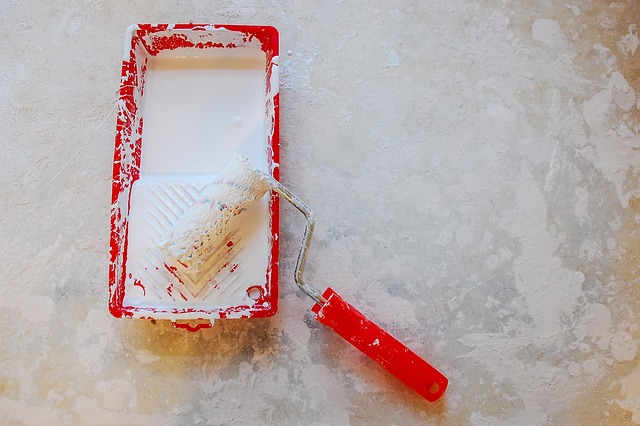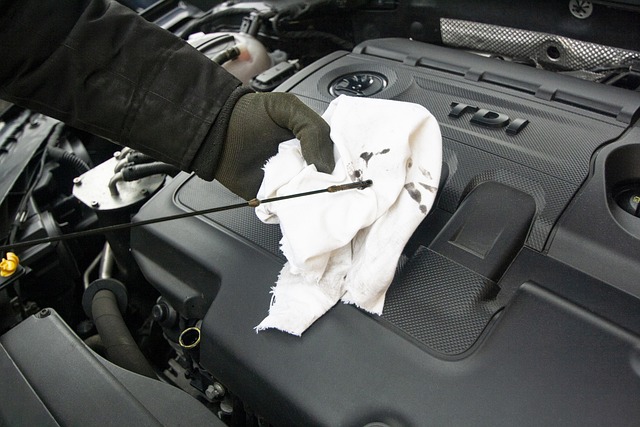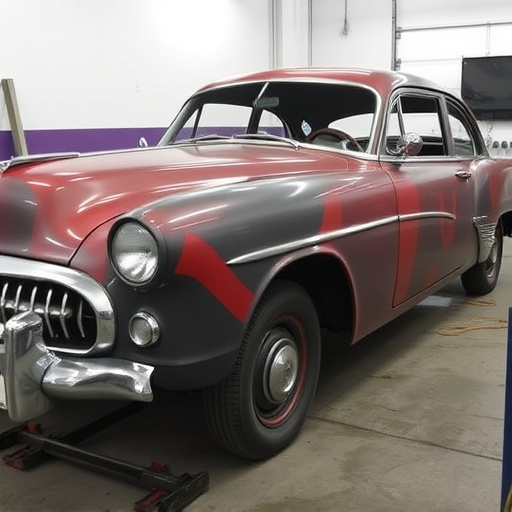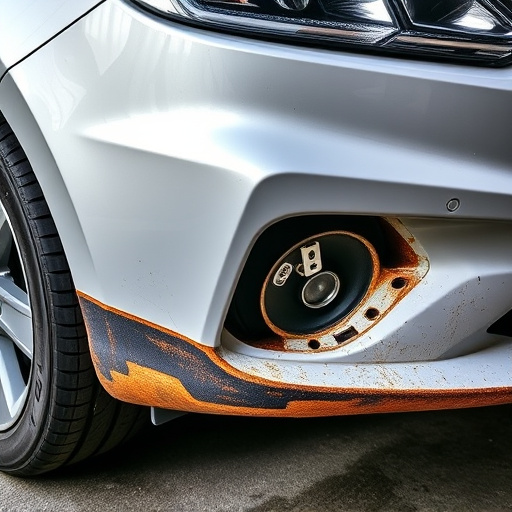Suspension repair in collision teams demands detailed collaboration among technicians with diverse skills to ensure safe driving and structural integrity. Effective teamwork detects hidden damage, corrects geometric deformations, and restores performance, enhancing safety and quality in both complex tasks like classic car restoration and standard repairs.
In the realm of suspension repair collision teams, understanding the intricacies of vehicle dynamics is paramount. Every component, from shock absorbers to control arms, plays a critical role in safety and performance. Collaboration emerges as the linchpin for efficient operations, streamlining processes and fostering innovation. This article delves into the significance of teamwork, highlighting how it enhances both safety standards and repair quality within suspension repair collision teams.
- Understanding the Complexities of Suspension Repair
- Collaboration: The Key to Efficient Collision Teams
- Enhancing Safety and Quality through Teamwork
Understanding the Complexities of Suspension Repair
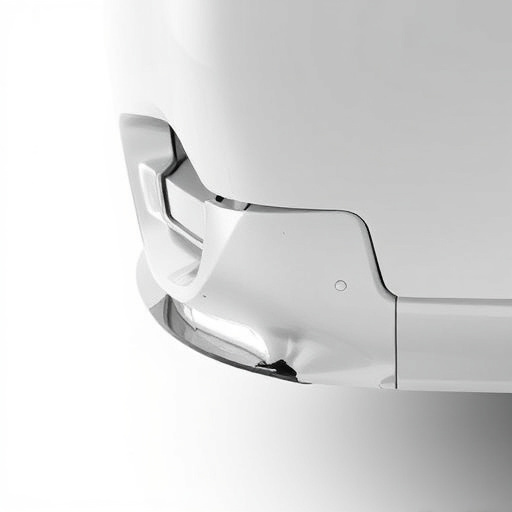
Suspension repair in collision teams is a intricate process that demands meticulous attention to detail and seamless collaboration among technicians. Each component within a vehicle’s suspension system plays a crucial role in ensuring safe and smooth driving, from steering control and stability to absorbent impact during collisions. Diagnosing issues accurately requires a deep understanding of these complexities, as even minor misalignments or damaged parts can significantly affect the vehicle’s performance and safety.
Effective collaboration among team members specializing in various aspects of suspension repair, including dent removal and dent repair techniques, is paramount. By combining their expertise, they can tackle challenging cases, such as hidden damage behind panels or complex geometric deformations. Open communication channels facilitate the exchange of insights, ensuring that no dent, big or small, goes unnoticed. This holistic approach not only accelerates the repair process but also guarantees the restoration of structural integrity and optimal vehicle handling for safer roads.
Collaboration: The Key to Efficient Collision Teams
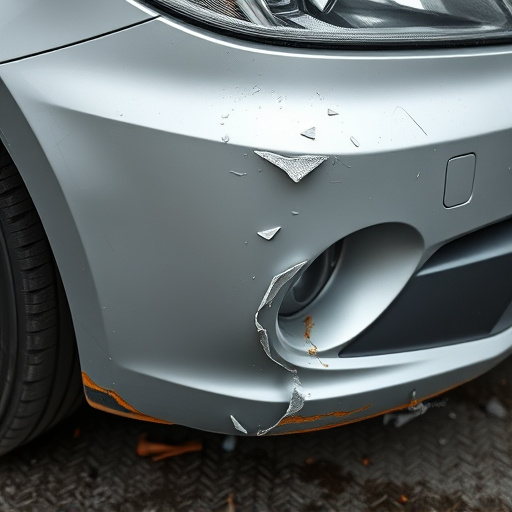
In the realm of suspension repair collision teams, collaboration stands as a game-changer, revolutionizing how automotive experts tackle complex repairs. Efficient teamwork ensures that even the most intricate suspension issues are resolved swiftly and accurately. When collision team members share knowledge, skills, and resources, it’s like each individual brings a unique tool to the table, enhancing overall performance. This harmonious exchange of expertise facilitates faster diagnosis, enabling technicians to identify hidden problems that might otherwise go unnoticed.
Moreover, collaboration promotes innovative problem-solving strategies, especially when dealing with luxury vehicle repair or paintless dent repair techniques. By pooling their experiences, team members can develop creative solutions tailored to various car paint repair scenarios. This collective approach not only streamlines the repair process but also ensures consistent quality, making every suspension repair a testament to their teamwork and dedication.
Enhancing Safety and Quality through Teamwork
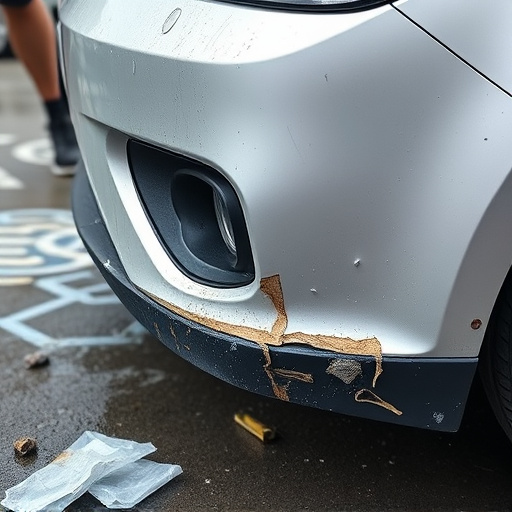
In the high-pressure environment of suspension repair collision teams, effective collaboration is not just a benefit—it’s a necessity. When team members work cohesively, they can enhance safety measures and ensure consistent quality in every repair job. Each member brings unique skills and expertise to the table, from expert mechanics to skilled technicians. By combining their knowledge, they can identify potential risks and hazards that might be missed by an individual, creating a safer workshop environment.
Moreover, teamwork promotes adherence to industry standards and best practices. Through open communication and shared goals, teams can streamline processes, reduce errors, and deliver superior results. This collective approach not only benefits the business by increasing efficiency and customer satisfaction but also plays a crucial role in the success of complex auto repair tasks, including classic car restoration and auto glass repair, ensuring that every vehicle leaves the shop in top condition.
In light of the above discussions, it’s clear that collaboration is not just beneficial but essential for successful suspension repair collision teams. By fostering a culture of teamwork, these teams can enhance safety standards, improve repair quality, and streamline operations. Understanding the complexities of suspension repair and implementing effective communication strategies are key steps towards achieving excellence in this critical area of automotive servicing.

